This article was originally published by Radio Free Europe/Radio Liberty and is reprinted with permission.
Russian President Vladimir Putin headed to Alaska for a face-to-face summit meeting with US President Donald Trump and talks aimed at a possible resolution to nearly 42 months of Russia’s all-out war on Ukraine.
With Ukrainian officials left out of the talks, the August 15 meeting, being held at an air base near Anchorage, is shaping up as pivotal moment for Ukrainians exhausted by war, Trump’s peace-making aspirations, and Putin’s efforts to recast Russia’s standing on the world stage.
European leaders, who have also been left on the sidelines, were nervous about potential deals that would leave Ukraine in a weaker position or undermine Europe’s ability to support Ukraine and stand up to Russia’s threats.
For Russians, the symbolism of Putin meeting on US soil, moreover on territory that used to be controlled by Russia, was itself a small victory. Putin’s ability to travel abroad has been limited by a war crimes arrest warrant issued by the International Criminal Court, and the West has made Putin a pariah for his unprovoked war on Kyiv.
For many, negotiating directly with Washington — and leaving Ukraine on the sidelines of peace talks — has echoes of the 1945 Yalta Conference, where the Soviet Union, the United States, and Britain all but divided up post-World War II Europe.
Trump, confident in his deal-making abilities, has been increasingly frustrated by his inability to halt Russia’s war, which has killed or wounded more than 1 million Russian soldiers, according to Western estimates. Ukrainian casualties are running in the hundreds of thousands, too.
“I am president, and he’s not going to mess around with me,” Trump told reporters at the White House on August 14.
“If it’s a bad meeting, it’ll end very quickly, and if it’s a good meeting, we’re going to end up getting peace in the pretty near future,” he added.
Meeting with top Kremlin officials, Putin — who has met officially with five different presidents during his 25 years as Russia’s preeminent political figure — on August 14 signaled optimism about the meeting and suggested a new arms control agreement could be in the works.
The White House is making “quite energetic and sincere efforts to stop the hostilities” and to “reach agreements that are of interest to all parties involved,” Putin said in a Kremlin video.
A growing number of bilateral arms control treaties governing the world’s two largest nuclear arsenals have collapsed, due to acrimony between Washington and Moscow. The last major one, New START, is set to expire next week.
Ukraine Deeply Worried
Trump recently suggested that to end the conflict, the biggest in Europe since World War II, Moscow and Kyiv will have to swap land.
That has deeply worried the Ukrainians, who currently occupy no Russian territory. Ukrainian President Volodymyr Zelenskyy traveled to London on the eve of the summit, to rally support from British Prime Minister Keir Starmer.
“We discussed in considerable detail the security guarantees that can make peace truly durable,” he said.
Earlier this week Zelenskyy visited Berlin, where he attended a video conference with several major European leaders who feared being sidelined.
Trump and Putin have met six times over the years, though this is the first since Trump returned to the White House in January. The two have spoken on the phone at least five times since January, and the White House’s lead envoy has traveled to meet Putin three times.



